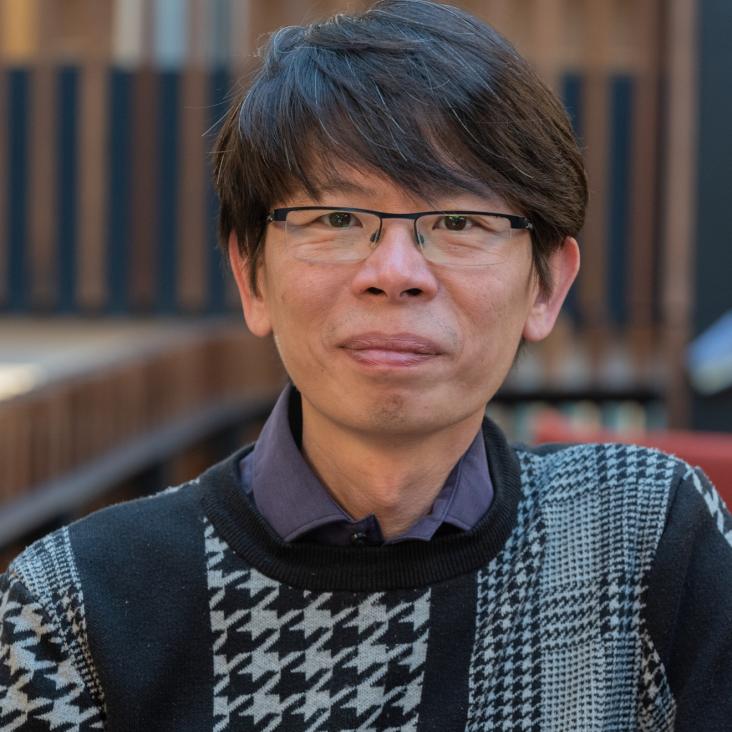The JCMT Nearby Galaxies Legacy Survey II: Warm Molecular Gas and Star Formation in Three Field Spiral Galaxies
The JCMT Nearby Galaxies Legacy Survey – III. Comparisons of cold dust, polycyclic aromatic hydrocarbons, molecular gas and atomic gas in NGC 2403
The JCMT Nearby Galaxies Legacy Survey III: Comparisons of cold dust, polycyclic aromatic hydrocarbons, molecular gas, and atomic gas in NGC 2403
Digitalized Mirror Array and Its Application in Large Telescope: Principle and Case Studies
Measurement of electron-phonon interaction time of niobium using heating effect in SIS tunnel junction
Abstract:
The heating of SIS tunnel junctions by local oscillator (LO) power and bias voltage is well known and has been reported previously. In this paper, we present a novel method for recovering the heating parameters from the experimental pumped I-V curves of an SIS device at 700 GHz, together with the coupled LO power and the embedding impedance. Since this is obtained without assuming a particular power law between LO power and junction temperature, we will be able to find τeph, the electron-phonon interaction time of the superconducting material at various bath temperatures. We would deduce a power law that describes the dependence of the heat flow equation on temperature.


